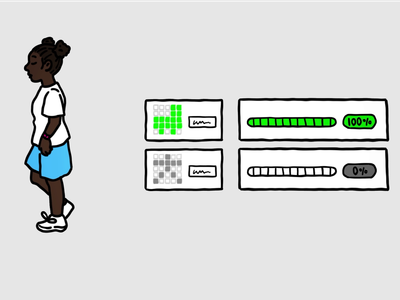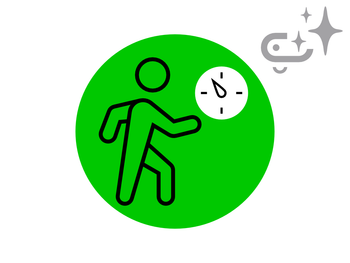Knowledge
The Nature of AI
K1.3. Generative AI uses probabilities to generate human-like outputs across various modalities (e.g. text, audio, visuals) but lacks authentic understanding and intent.
AI Reflects Human Choices and Perspectives
K2.1. Building and maintaining AI systems relies on humans to design algorithms, collect and label data, and moderate harmful content. These systems reflect human choices, assumptions, and labour practices, shaped by unequal global conditions.
K2.4. AI systems are trained to identify patterns among data elements that humans have selected, categorised, and prioritised.
AI’s Capabilities and Limitations
K4.1. AI excels at pattern recognition and automation but lacks emotions, ethical reasoning, context, and originality.
Skills
Communication: explain how AI is used in a way that promotes transparency, avoids anthropomorphism, and encourages responsible use. How do I describe AI use for myself and others?
Attitudes
Curious: learners are eager to explore what AI can do today and how it might evolve in the future. They want to understand how AI affects their personal lives and future careers. They consider learning to be an ongoing process and enjoy experimenting, believing that meaningful discoveries happen through exploration.
Competences
Engaging with AI
1. Recognise AI’s role and influence in different contexts.
Creating with AI
2. Visualise, prototype, and combine ideas using different types of AI systems.
5. Explain how AI systems perform tasks using precise language that avoids anthropomorphism.
Designing AI
3. Collect and curate data that could be used to train an AI model by considering relevance, representation, and potential impact.




